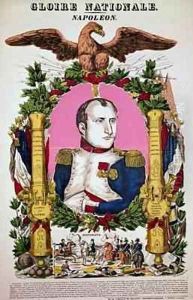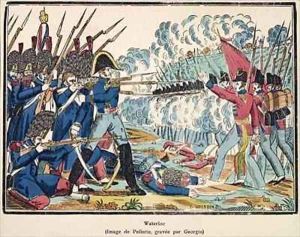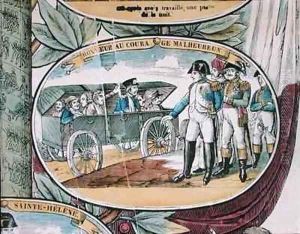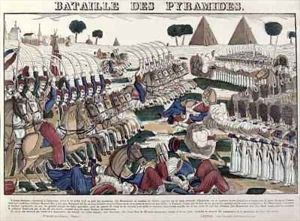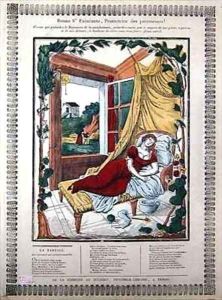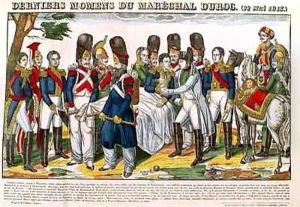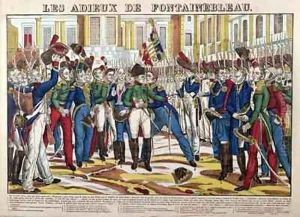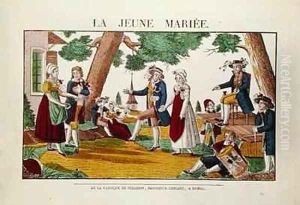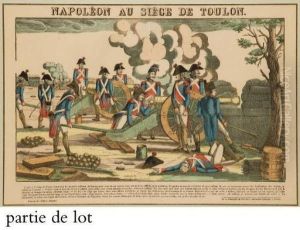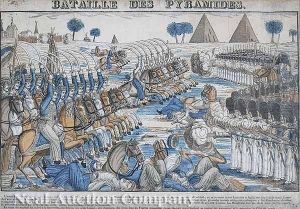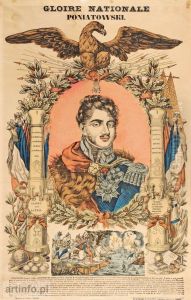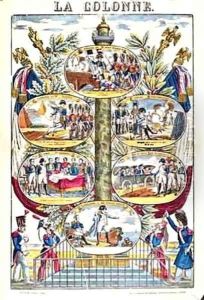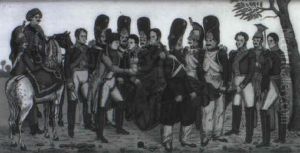Francois Georgin Paintings
Francois Georgin, a French artist born in 1801, was primarily known for his work as an engraver and lithographer. His artistic journey began in Épinal, a town renowned for its vibrant printmaking industry, which played a pivotal role in shaping his career. The period of the 19th century, in which Georgin lived and worked, was a time of significant social, political, and technological changes that influenced the arts profoundly.
During his career, Georgin became associated with the imagery of popular prints, contributing to the popular 'Images d'Épinal', which were widely circulated and accessible illustrations that depicted various subjects including historical events, religious stories, and children's tales. These prints were characterized by their vivid colors and simplistic yet engaging narratives, making art accessible to the masses.
Georgin's work is noted for its detail, humor, and ability to capture the essence of his subjects with a keen eye. He had the talent to blend the traditional with the innovative, utilizing the advancements in lithography and printmaking of his time to enhance the quality and reach of his work. His contributions to the 'Images d'Épinal' have left a lasting legacy in the world of popular art, influencing the development of visual culture and the accessibility of art to a broader audience.
Despite the popularity of his work during his lifetime, Francois Georgin remains a somewhat obscure figure in the art historical canon. His death in 1863 marked the end of a career that, though significant, has not been as extensively documented or celebrated as some of his contemporaries. However, his work continues to be of interest to scholars and collectors who are fascinated by the history of printmaking and the role of popular prints in 19th-century society. Through his contributions to the accessible and popular visual culture, Georgin played a part in democratizing art and making it part of everyday life for the French public and beyond.
